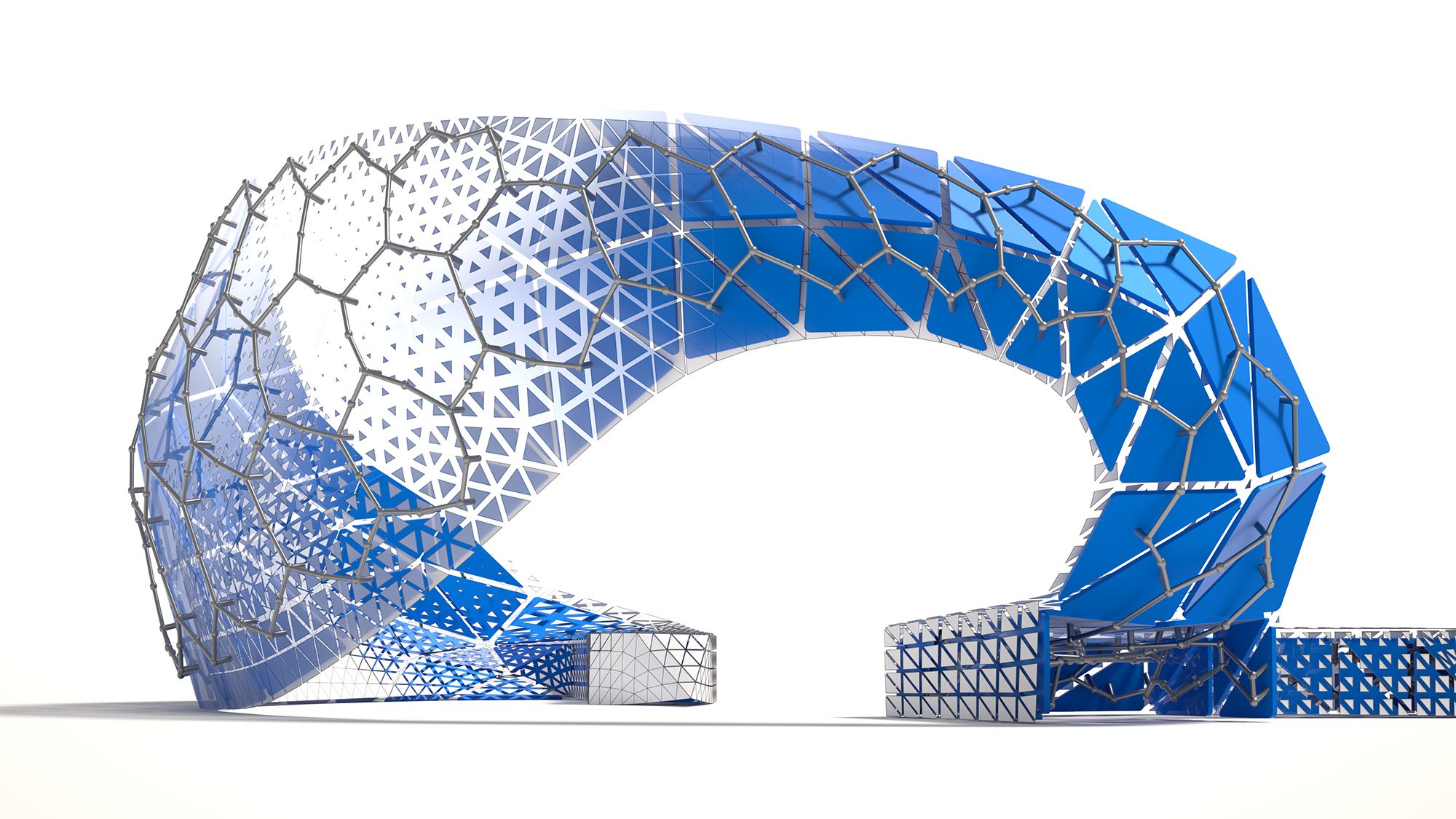Algorithmic and parametric design have moved from research labs into mainstream practice, thanks to their powerful ability to automate complex design processes and explore creative possibilities within AutoCAD and Revit. Gone are the days of painstakingly editing every wall, window, or roof by hand; today’s architects harness rule-based logic to shape everything from floor plans to entire building shells.
Parametric modeling leverages algorithms and variables, enabling designers to link geometric elements to underlying rules. This allows for real-time design adjustments—change one parameter, and the model automatically updates connected geometry. For example, resizing a window could instantly adjust the related shading devices, framing, or façade composition.

Design iterations that once took days can now be completed in minutes. Architects experiment with multiple options, instantly evaluating implications for site fit, solar exposure, costs, and even compliance. This process not only saves time but leads to data-driven, optimized solutions.
Visual scripting environments, such as Dynamo for Revit or Grasshopper (for Rhino, but concepts are increasingly found in Autodesk tools), further democratize parametric design. Designers don’t need advanced coding skills; with intuitive, drag-and-drop nodes, complex operations become accessible to a broader range of professionals.
Algorithmic tools expand creative horizons. Organic shapes, intricately patterned facades, or responsive shading systems can be generated based on mathematical rules or environmental data. This has sparked a new generation of expressive, high-performance architecture.
Parametric tools are also fostering generative design, in which algorithms produce hundreds—or even thousands—of possible solutions. Architects can rapidly test design concepts, refine their parameters, and select the best-performing option for detailed development.
Collaboration is another benefit: parametric models are highly adaptable and facilitate robust coordination among consultants. Revisions propagate throughout the model, reducing misalignment and errors downstream.
The impact of parametric modeling goes beyond aesthetics. Project outcomes are more sustainable, efficient, and resilient—often with measurable improvements in construction speed and resource use.
How Robotech CAD Solutions Can Help
Robotech CAD Solutions provides hands-on training in parametric and algorithmic design for Autodesk tools. Whether your team is just starting with Dynamo or implementing advanced generative design workflows, Robotech offers tailored education and consulting to help you make the most of these transformative technologies in both AutoCAD and Revit.



